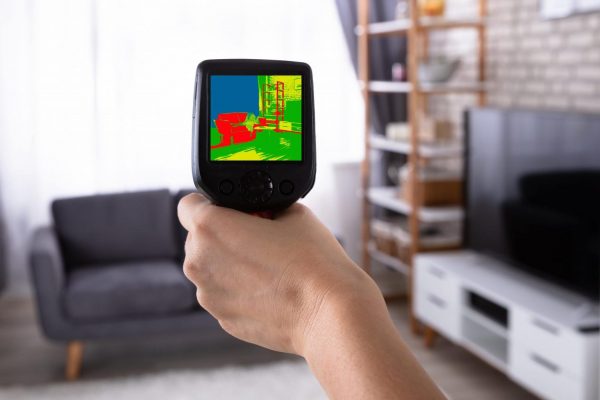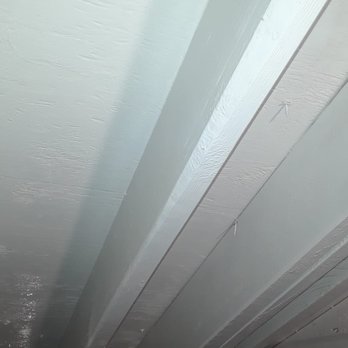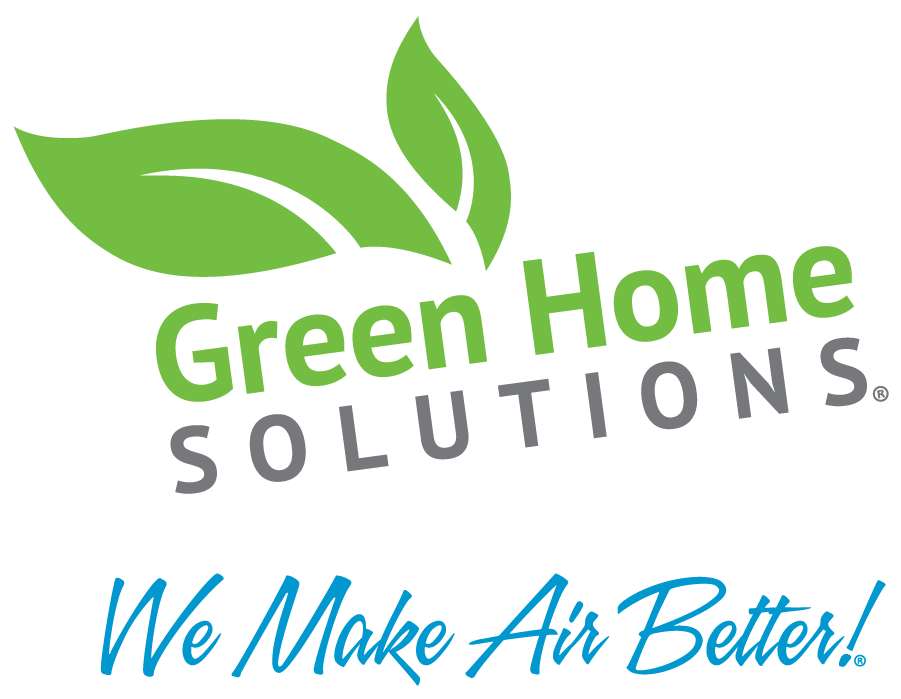Imagine living in a beautiful coastal town, surrounded by stunning scenery and a vibrant community. However, hidden amongst the charm, lies a persistent and menacing problem: mold. Yes, mold – that pesky fungus that can wreak havoc on your health and your home. But fear not, because Mold Remediation Leland is here to save the day! With their expert knowledge and friendly approach, they will help you tackle any mold issues head-on, ensuring a healthy and mold-free environment for you and your loved ones. Say goodbye to the worry and hello to a fresh, clean space – Mold Remediation Leland has got you covered.

Understanding Mold
What is Mold?
Mold is a type of fungus that grows in moist and humid environments. It reproduces by releasing spores into the air, which can then settle and grow on various surfaces. Mold can be found both indoors and outdoors and can thrive on a wide range of materials, including wood, drywall, carpet, and fabric.
Common Types of Mold
There are several common types of mold that can be found in homes and buildings. Some of the most frequently encountered molds include Aspergillus, Cladosporium, Penicillium, and Stachybotrys (often referred to as “black mold”). Each type of mold may have different appearances and characteristics, but they all pose potential health risks if left unaddressed.
Mold Health Risks
Exposure to mold can have various health effects, particularly for individuals who are sensitive or allergic. Common symptoms of mold exposure include coughing, sneezing, wheezing, nasal congestion, skin rashes, and eye irritation. Prolonged exposure to certain types of mold, such as Stachybotrys, can even lead to more severe health issues, including respiratory problems and neurological symptoms.
Signs of Mold Infestation
Visible Mold Growth
One of the most obvious signs of a mold infestation is the presence of visible mold growth. Mold can appear in various colors, including black, green, or gray, and may resemble a patch or stain on walls, ceilings, or other surfaces. If you notice any suspicious spots or discoloration, it’s important to have them inspected and tested for mold.
Musty Odor
Another common sign of mold is a musty odor. If you notice a damp or unpleasant smell in certain areas of your home, it could be an indication of hidden mold growth. Mold produces volatile organic compounds (VOCs) that can give off a distinct odor, especially when the mold is actively growing.
Water Damage
Water damage, such as leaks or flooding, can contribute to mold growth. Areas that have experienced water damage, such as damp basements, leaky pipes, or roof leaks, are particularly susceptible to mold infestations. If you notice any signs of water damage, it’s crucial to address the underlying issue promptly to prevent mold growth.
Allergic Reactions
If you or your family members start experiencing allergic reactions that seem to be triggered or worsened when you are indoors, mold could be the culprit. Common allergic reactions to mold include sneezing, itching, watery eyes, and respiratory symptoms. If your symptoms improve when you leave your home or when you’re away for an extended period, it’s worth investigating for mold.
Importance of Mold Remediation
Preventing Health Issues
One of the primary reasons why mold remediation is essential is to prevent health issues. Prolonged exposure to mold spores can exacerbate respiratory conditions, trigger allergies, and even lead to more severe health problems. By addressing mold infestations promptly, you can help ensure the health and well-being of everyone in your home or building.
Protecting Property Value
Mold growth can cause significant damage to your property if left untreated. It can deteriorate building materials, compromise structural integrity, and create unsightly stains and discoloration. By conducting timely mold remediation, you can protect the value of your property and avoid costly repairs in the future.
Improving Indoor Air Quality
Mold releases airborne spores that can contaminate the indoor air, leading to poor indoor air quality. This can be particularly problematic for individuals with respiratory conditions or compromised immune systems. By eliminating mold infestations, you can improve the overall indoor air quality and create a healthier living environment.
Mold Remediation Process
Initial Assessment
The first step in mold remediation is to perform an initial assessment of the affected area. A certified mold inspector will inspect the area, identify the source of the mold growth, assess the extent of the infestation, and determine the appropriate remediation plan.
Containment
To prevent the spread of mold spores to unaffected areas, containment measures are necessary. This typically involves sealing off the affected area using plastic barriers and negative air pressure systems. The goal is to isolate the mold-contaminated area and prevent cross-contamination.
Mold Removal
Once the area is properly contained, the mold remediation team will begin the process of removing the mold growth. This can involve physically scrubbing surfaces, using specialized mold removal techniques, and safely disposing of contaminated materials. All efforts should be made to ensure complete removal of the mold and prevent its regrowth.
Cleaning and Disinfecting
After the mold removal process, thorough cleaning and disinfection of the affected area are necessary. This helps eliminate any remaining mold spores and prevents their reemergence. Specialized cleaning solutions and techniques may be used to ensure the area is properly sanitized and safe for occupation.
Preventing Future Mold Growth
Mold remediation is not just about removing existing mold; it’s also about preventing future growth. Remediation professionals may offer recommendations for improving ventilation, addressing moisture issues, and reducing humidity levels to create an environment less conducive to mold growth.

Hiring Professional Mold Remediation Services
Certifications and Experience
When hiring professional mold remediation services, it’s important to consider their certifications and experience. Look for a company or contractor that holds certifications from reputable organizations, such as the Institute of Inspection, Cleaning and Restoration Certification (IICRC), which ensures that they have received adequate training and adhere to industry standards.
Specialized Equipment
Professional mold remediation companies have access to specialized equipment and tools that facilitate efficient and effective mold removal. This may include high-powered air scrubbers, moisture meters, dehumidifiers, and HEPA vacuums, among others. These tools enable them to thoroughly inspect, contain, and eliminate mold growth.
Safe and Effective Techniques
Experienced mold remediation professionals are well-versed in the latest techniques for safe and effective mold removal. They understand the importance of proper containment to prevent cross-contamination, use approved cleaning and disinfection agents, and follow industry best practices to ensure the job is done correctly, protecting both your health and your property.
DIY Mold Remediation
Identifying the Source
If you choose to tackle mold remediation on your own, the first step is to identify the source of the mold growth. Inspect your home for any signs of moisture or water damage and address these issues promptly. Identifying and eliminating the source of moisture is crucial to prevent the reoccurrence of mold.
Personal Protective Equipment
When dealing with mold, it’s important to protect yourself by wearing appropriate personal protective equipment (PPE). This typically includes gloves, goggles, and respiratory protection, such as an N-95 mask. PPE helps minimize the risk of inhaling mold spores or coming into contact with potentially harmful substances.
Cleaning Solutions
There are various cleaning solutions available for DIY mold remediation, including bleach, vinegar, hydrogen peroxide, and commercial mold cleaners. It’s important to follow the instructions provided by the manufacturer and ensure the cleaning solution is compatible with the surface being treated. Always perform a patch test in an inconspicuous area before applying the solution to larger areas.
Proper Disposal
Proper disposal of mold-contaminated materials is crucial to prevent the spread of mold spores. Seal any removed mold-infested materials in plastic bags and dispose of them according to local regulations. It’s important to avoid simply throwing the materials in regular trash bins, as this can contaminate other areas and contribute to further mold growth.

Preventing Mold Growth
Controlling Moisture Levels
One of the most effective ways to prevent mold growth is by controlling moisture levels in your home. Address any sources of excess moisture, such as leaks or condensation, and promptly repair them. Maintain proper humidity levels (below 50%) and consider using dehumidifiers in areas prone to moisture, such as basements and bathrooms.
Proper Ventilation
Good ventilation plays a crucial role in preventing mold growth. Ensure that your home has adequate ventilation in areas such as kitchens, bathrooms, and laundry rooms. Use exhaust fans or open windows to let fresh air circulate and remove excess moisture. Proper ventilation helps keep the air flowing and prevents stagnant, humid conditions that can promote mold growth.
Regular Inspections
Regular inspections of your home can help you identify and address any potential issues before they turn into full-blown mold infestations. Check for signs of water damage, leaks, or areas with high humidity. Promptly address any issues that could contribute to mold growth and consider scheduling periodic professional mold inspections to ensure early detection.
Common Mistakes to Avoid
Ignoring Small Mold Problems
Even a small amount of mold can quickly grow into a much larger infestation if left unaddressed. Ignoring or downplaying the significance of small mold problems can lead to more extensive and costly remediation efforts down the line. It’s important to address any mold growth, regardless of its size, to prevent further damage and potential health risks.
Incomplete Mold Removal
Removing visible mold growth is only part of the remediation process. If the underlying cause of the mold growth is not addressed, the mold is likely to return. It’s crucial to identify and eliminate the source of moisture or excess humidity to prevent future mold infestations. Incomplete mold removal can lead to continuous reoccurrence and ongoing health hazards.
Using Ineffective Cleaning Methods
Certain cleaning methods or products may not effectively eliminate mold or may even worsen the problem. While bleach is commonly used for mold removal, it is not always the best solution and may not kill all types of mold. It’s important to research and use appropriate cleaning solutions and techniques that are proven to be effective for the specific type of mold you are dealing with.

Dealing with Severe Mold Infestations
When to Seek Professional Help
Severe mold infestations can be challenging to handle on your own and may require professional assistance. If the affected area is extensive (covering more than 10 square feet), if the mold growth is hidden behind walls or under flooring, or if there are underlying structural issues, it’s best to consult with a professional mold remediation company. They have the expertise and equipment to address large-scale infestations effectively.
Structural Considerations
Severe mold infestations can compromise the structural integrity of a building. Mold can deteriorate building materials, weaken walls, and even affect the foundation. If you suspect significant structural damage due to mold infestation, it’s critical to involve professionals who can assess and address these issues to prevent further damage and ensure the safety of the structure.
Health and Safety Precautions
Dealing with severe mold infestations can expose you to higher levels of mold spores, increasing the risk of respiratory problems and other health issues. Professionals have the necessary training and equipment to handle these situations safely. They can implement proper containment measures, use appropriate PPE, and ensure that the remediation process is conducted in a way that minimizes health risks to both the occupants and the remediation team.
Cost of Mold Remediation
Factors Influencing Costs
The cost of mold remediation can vary depending on various factors, including the size and severity of the infestation, the extent of structural damage, the location of the mold (e.g., easily accessible or hidden behind walls), and the geographical location. It’s recommended to get multiple quotes from reputable mold remediation companies to compare costs and services.
Insurance Coverage
In some cases, your homeowner’s insurance may cover the costs of mold remediation, especially if the mold growth is a result of a covered event, such as a burst pipe or storm damage. However, insurance coverage for mold can be complex and may have limitations or exclusions. It’s essential to review your insurance policy and consult with your provider to understand your coverage and any potential out-of-pocket expenses.
Prevention vs. Remediation Costs
Investing in preventive measures, such as proper ventilation, regular inspections, and timely repairs, can help reduce the risk of mold growth in the first place. While there may be upfront costs associated with prevention, they are generally much lower than the costs of extensive mold remediation. By being proactive, you can save both money and the hassle of dealing with a full-blown mold infestation.
In conclusion, understanding mold and the importance of mold remediation is crucial for maintaining a healthy and safe living environment. By recognizing the signs of mold infestation, hiring professional services when necessary, and taking preventive measures, you can effectively address mold problems and protect your health, property value, and indoor air quality. Remember, when it comes to mold, it’s better to be proactive and address the issue promptly rather than waiting for it to become a more significant and costlier problem.
